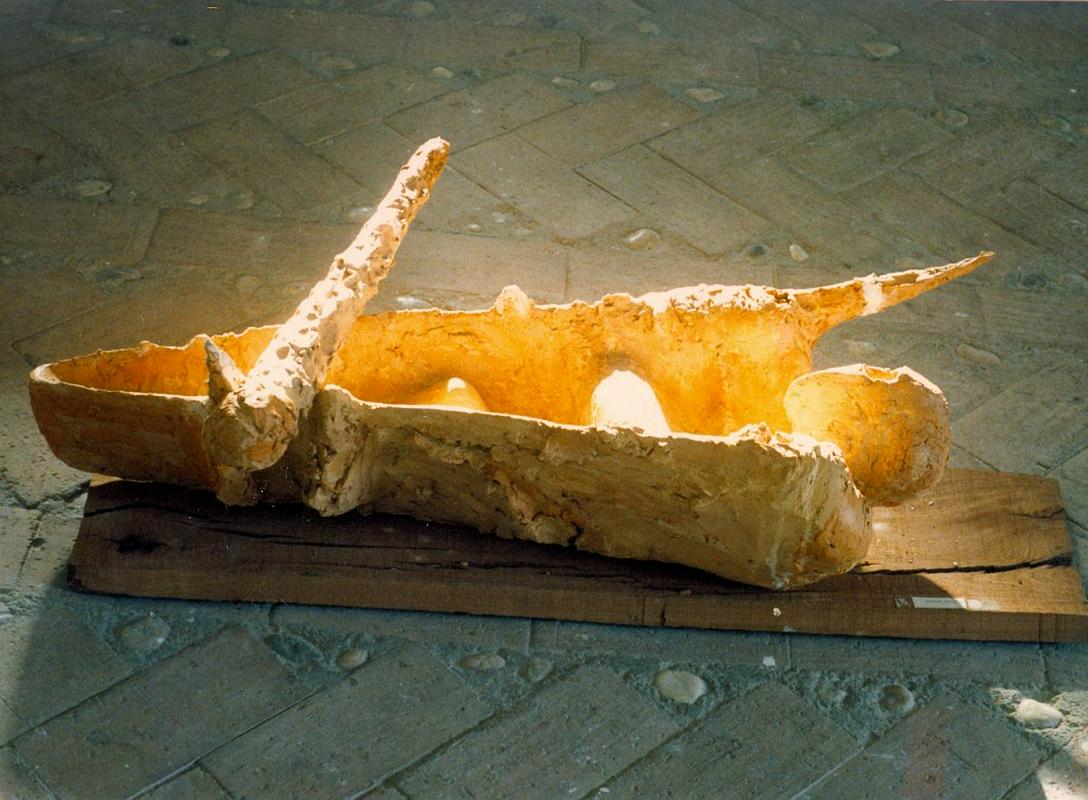
In the Middle Ages, a frightening hysteria swept Europe, as thousands of people, mostly women, were condemned as witches and burned at the stake. The Slovenian lands had their share of witch trials and executions, which lasted until the 18th century.
The first woman to be tried as a witch was probably Veronica of Desenice in 1425. Her trial, which ended in acquittal, was the beginning of a hysteria that would eventually leave about a thousand people dead in present-day Slovenia. Most of the victims of trials were women, but about 15% were male, and even children and priests were sometimes accused of being witches.
Following instructions from a special inquisition manual, the courts forced their victims to admit that they had made pacts with the devil. The witches were blamed for everything from diseases and natural disasters to poor harvests, and the number of witch burnings increased at the time of major social upheavals. Many of the accused were tortured for hours – or even days – before they confessed.
The courts – in many cases headed by educated, well-read men – often condemned large groups of people to death at once. In 1546, ten people were burned at the stake on the same day in Maribor, and according to the famed historian Valvasor, the entire population of Bočkovo in Inner Carniola was killed for practicing witchcraft.
Mass burnings were commonplace in the late 17th century, but as a new century dawned, attitudes slowly began to change. Some towns were concerned about the cost of witch trials, and decided to end the practice for purely pragmatic reasons, while others began to condemn the practice on moral grounds.
The last confirmed witch burning took place in the town of Krško in 1714. Not long afterwards, Empress Maria Theresa formally abolished witch burnings in the Austrian Empire. Despite her edict, some remote country courts continued the practice until 1746. In one trial that year, a woman was accused of being a witch because she produced more butter than others – but she was ultimately acquitted.
Witches retained a prominent role in folk culture, however, and continued to live on in fairy tales. Now, a museum in the town of Ribnica known as Miklova Hiša has opened a permanent exhibition on witch burnings to remind visitors of one of the darkest chapters in European history.


































































